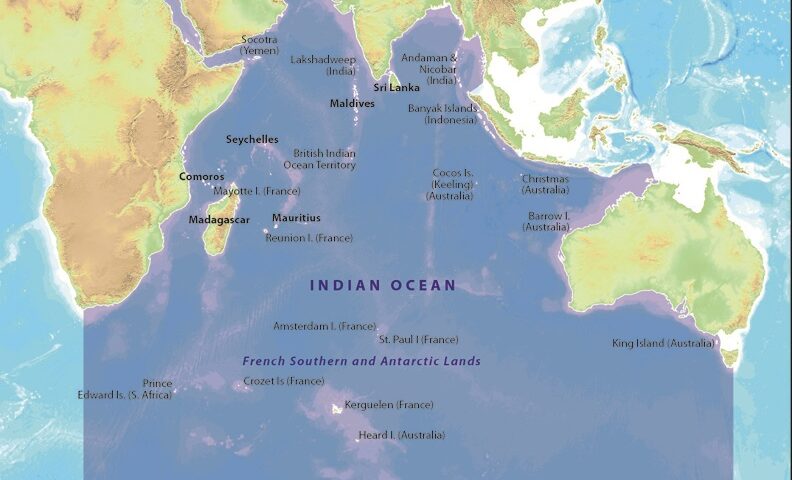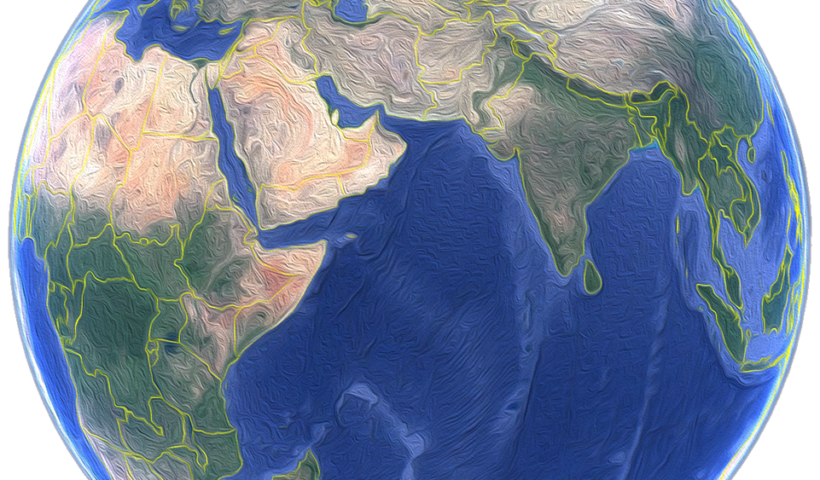The Indian Ocean is located mostly in the Southern Hemisphere, between Africa, southern Asia, Australia, and Antarctica. It’s the third-largest ocean, and holds about 20 percent of the world’s ocean waters. The Indian ocean is named after India because: India holds a central location which is at the head of the Indian Ocean. India in ancient times was an important location in the Indian Ocean which connected Europe with countries of Southeast Asia.
View More About the Indian OceanTag: How deep is the Indian Ocean?
THE INDIAN OCEAN
THE THIRD LARGEST of the world’s oceans, the Indian Ocean covers 28 million sq miles (73 million sq km) and contains some 5,000 islands, many of them surrounded by coral reefs. This ocean is unique because, unlike the Atlantic and Pacific, it has no outlet to the north. It contains both the saltiest sea (the Red Sea), and the warmest sea (the Persian Gulf) on Earth. It is bounded by Asia to the north, Africa to the west and Australia to the east. To the south it is bounded by the Southern Ocean or Antarctica, depending on the definition in use. Along its core, the Indian Ocean has some large marginal or regional seas such as the Arabian Sea, the Laccadive Sea, the Somali Sea, Bay of Bengal, and the Andaman Sea. The Indian Ocean is at risk from pollution, especially from oil tankers leaving the Persian Gulf. Monsoon rains and tropical storms can bring disastrous flooding to its northern coasts.
View More THE INDIAN OCEAN

